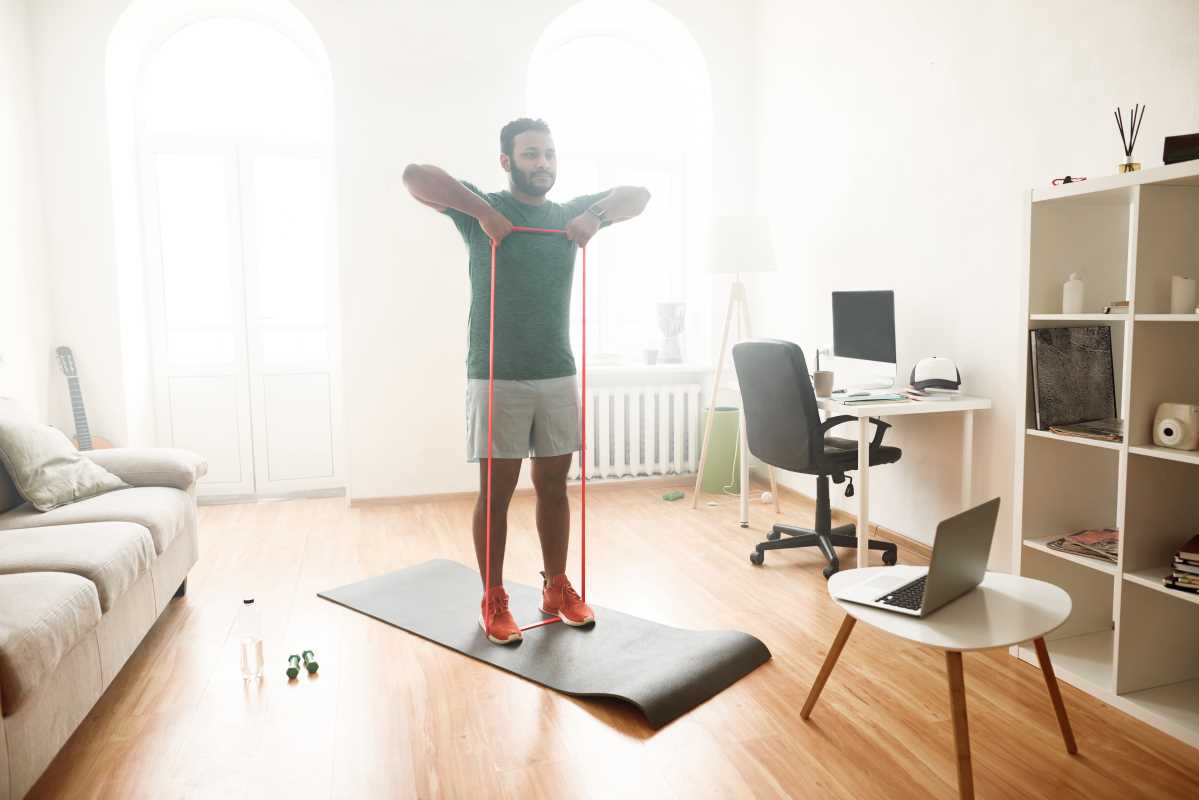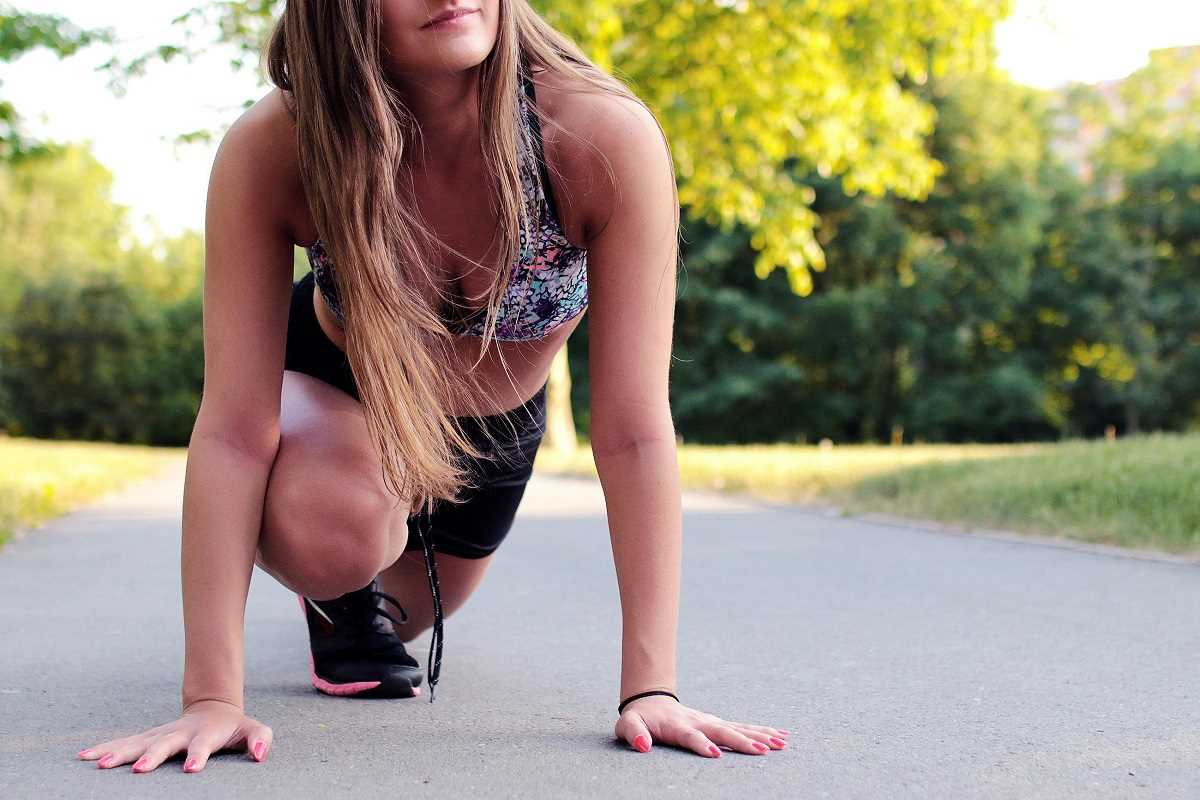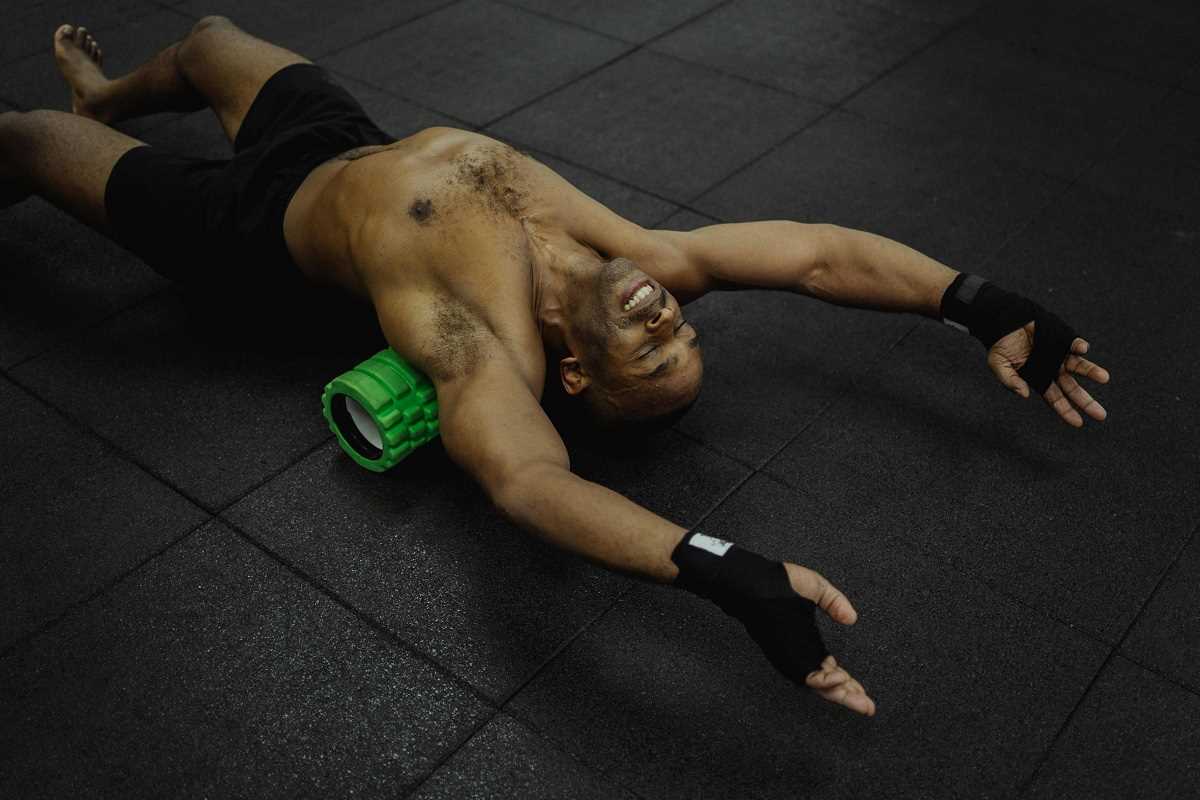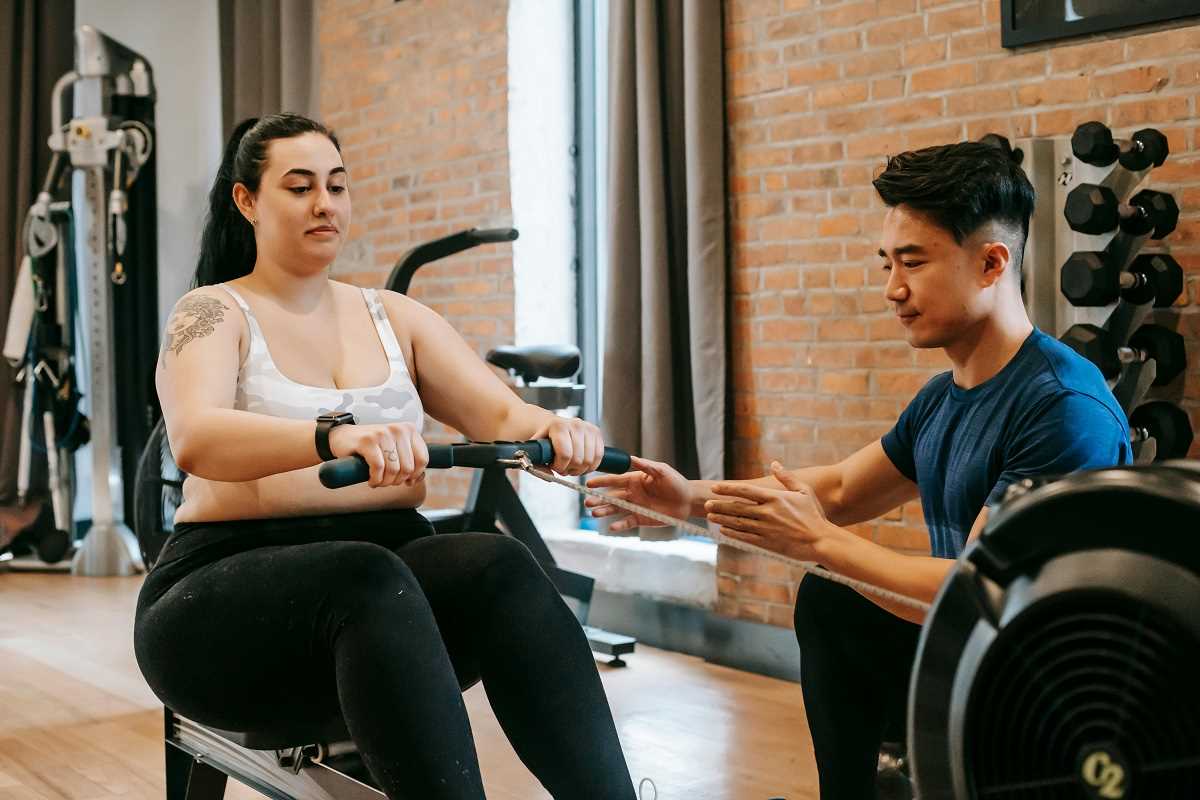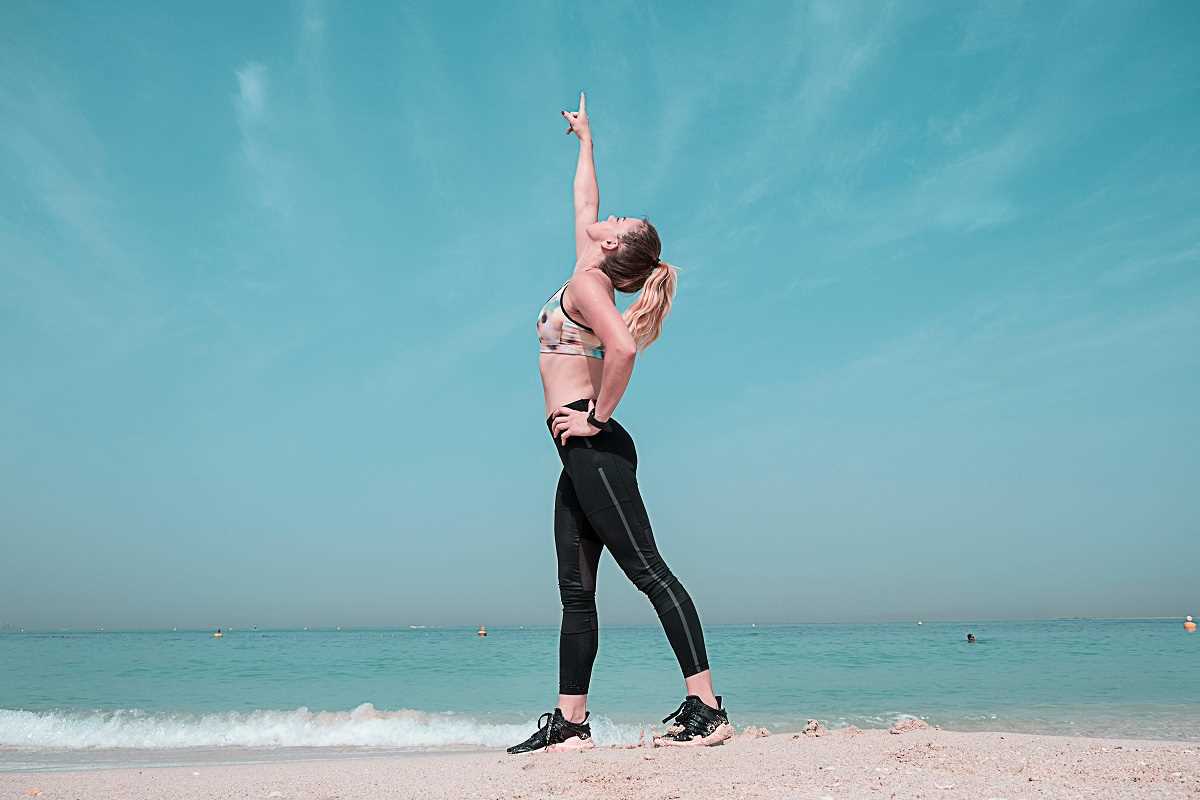Functional fitness and mobility work. You’ve probably heard these words thrown around at the gym, on social media, or in fitness classes. They sound fancy, but the truth is that these two types of training are key to becoming a well-rounded, stronger, and more flexible version of yourself. The best part? You don’t need to be a professional athlete or have tons of experience to start combining them in your workout routine.
If you’re new to working out or just curious about how to improve your fitness, here we'll break everything down for you. We’ll look at what functional fitness and mobility are, why they matter, and how you can combine them to see better results. Whether you’re looking to jump higher, squat deeper, or just move without stiffness, you’ll learn how to take your workouts to the next level.
What Exactly Is Functional Fitness?
Before we start mixing it with mobility work, let's cover the basics. Functional fitness is all about strengthening your body in ways that help you move better in real life. Unlike traditional gym exercises that might isolate a single muscle, functional fitness mimics movements you do every day. Think of exercises like squats, lunges, and push-ups — these require multiple muscles to work together just like when you lift a bag of groceries or climb a flight of stairs.
The cool thing about functional fitness is that it focuses on natural body movements, helping you build balance, coordination, and strength, all while reducing your injury risk. For example, instead of only doing a bicep curl (which focuses just on your arm), a functional fitness approach might involve a bent-over row, which targets your back, arms, and core at the same time.
Some examples of functional fitness workouts include:
- Deadlifts to strengthen your back and legs for lifting heavy objects.
- Planks to improve core stability for daily movements.
- Step-ups to mimic climbing stairs, building strength in your legs and improving your balance.
No matter your fitness goal, functional fitness lays the groundwork for becoming stronger, faster, and more physically capable.
What Is Mobility Work, and Why Should You Care?
Now, let's talk about mobility. Mobility is your ability to move your joints freely and easily through their full range of motion. It’s more than just stretching — it’s about making your body move fluidly and efficiently. Mobility work involves exercises that target your joints, muscles, and connective tissues, helping them stay healthy and free from stiffness.
If you’ve ever felt tightness in your hips after sitting all day or struggled to reach down to tie your shoes, mobility work could be a game-changer. Why? Because it keeps your joints “greased,” making everyday tasks and workouts smoother.
Some key benefits of mobility work include:
- Improved posture: It helps with alignment, especially if you sit for long periods.
- Better performance: Loosen tight muscles, and suddenly that squat or lunge feels much easier.
- Reduced injuries: When your joints move freely, you’re less likely to strain them during exercise or daily activities.
- Faster recovery: It can alleviate soreness and speed up muscle recovery after tough workouts.
Mobility exercises might look like slow stretches or dynamic movements. For instance:
- Hip stretches like the 90/90 stretch to loosen tight hips.
- Shoulder rotations to improve arm flexibility.
- Foam rolling to release tension in tight muscles.
Why Do Functional Fitness and Mobility Go Hand-in-Hand?
Now, why should you combine these two? Here’s the deal — functional fitness strengthens your body to handle real-world movements, but without good mobility, those movements might feel stiff or restricted. On the flip side, mobility work can make you more flexible, but without functional strength, you won't have the power to turn that flexibility into movements that count.
Think of it like this:
- Functional fitness builds the engine (strength and coordination).
- Mobility work keeps the engine well-oiled (flexibility and smooth movement).
Together, they create a balanced approach to fitness. A strong but stiff body can lead to injuries, while flexible but weak joints lack stability. Blending functional fitness with mobility ensures you’re as strong and adaptable as you can be.
Combining Functional Fitness and Mobility in Your Workouts
Alright, ready to take action? Here’s how to start combining these two fitness approaches for better results.
1. Warm Up with Mobility Drills
Warm-ups aren’t just about raising your heart rate; they’re also a chance to prepare your body for movement. Start your workout with dynamic mobility exercises tailored to the muscles you’ll be working. For instance:
- Before squats or lunges, try leg swings to loosen up your hips and legs.
- Doing upper-body exercises? Add arm circles or cat-cows for shoulder and spine mobility.
These movements prime your joints, giving you more range of motion during your workout.
2. Incorporate Functional Fitness Exercises
Once you’re warmed up, focus on functional fitness moves that engage multiple muscle groups. For example:
- Squats are perfect for building lower-body strength while using your core for stability.
- Deadlifts strengthen your legs, glutes, and back, all in one move.
- Push-ups train your chest, shoulders, and arms while stabilizing through your core.
These exercises mimic real-life movements and strengthen your entire body, making you more adaptable in both workouts and daily activities.
3. Integrate Mobility Work Between Exercises
Here’s a pro tip — you can squeeze mobility drills into your functional fitness workout without them feeling like an add-on. Between sets of exercises, try some quick mobility moves. For instance:
- After a set of squats, do hip flexor stretches or spider lunges to open up your hips.
- Between push-ups, add thoracic rotations to target your upper back.
This keeps your joints loose while giving your muscles a quick reset before the next set.
4. Focus on Flexibility and Recovery Post-Workout
To round out your session, dedicate 5-10 minutes to mobility work that targets the muscles you just worked. Use static stretches or foam rolling to release tension. For example:
- If you worked your upper body, child’s pose or shoulder stretches will help ease tightness.
- After lower-body exercises, go for hamstring stretches or pigeon pose for deep hip relief.
This post-workout mobility session not only improves your flexibility but also helps reduce soreness, so you’re ready to tackle your next workout.
5. Don’t Forget Restorative Days
Balancing intense workouts with lighter days for mobility and recovery is essential. Dedicate one or two days a week to mobility-focused sessions. Think yoga, pilates, or a simple stretching routine. These workouts will improve your flexibility, prevent burnout, and keep your body feeling its best.
Plan Your Balanced Workout Routine
Here’s a sample weekly routine to show how functional fitness and mobility can flow together:
- Monday: Functional strength (squats, lunges) + mobility warm-up (leg swings) and cool-down (hip stretches).
- Wednesday: Focused mobility session (like yoga or foam rolling).
- Friday: Functional fitness circuits (deadlifts, push-ups, planks) + dynamic stretches (cat-cows, spine rotations).
- Sunday: Recovery day with stretching and light mobility work.
This balance ensures you’re not only getting stronger but also moving more freely and avoiding overtraining.
Key Tips to Keep in Mind
- Listen to your body: Tight in your hips? Add extra hip mobility drills to your routine.
- Start slow: Focus on technique over speed or weight to avoid injury.
- Switch it up: Try different exercises to keep things interesting and target various muscle groups.
Combining functional fitness and mobility isn’t about choosing one over the other — it’s about finding a balance that fits your goals. Strength and flexibility are two sides of the same coin, and working on them together will make you a stronger, more capable, and less injury-prone version of yourself.
Whether you’re chasing fitness goals, improving your athletic performance, or just wanting to move better, blending these two approaches can transform the way your body feels and performs.
